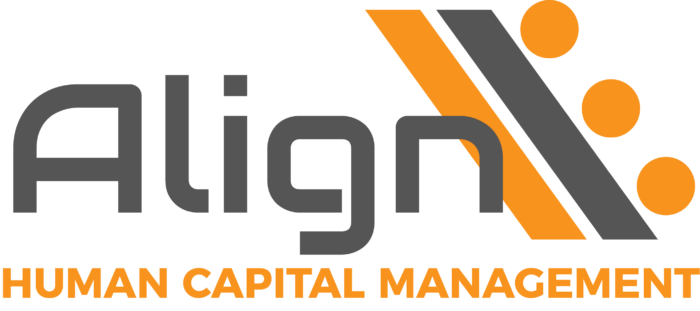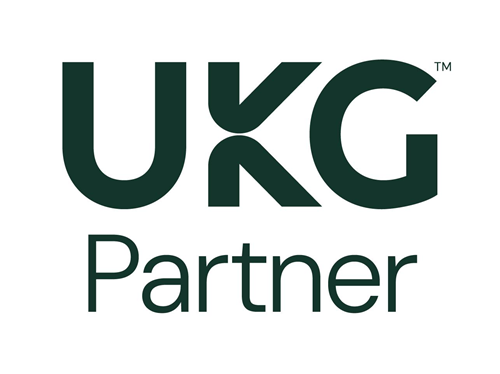This year, most of the world has gone through a transformation in the way we work and most importantly, the way we live.
What has been apparent throughout this enormous change is the ability of leadership to help countries, organizations, and people transition into the “new normal.”
There is no doubt the pandemic has made a tremendous impact on businesses across the world.
While some industries have completely shut down, others have emerged as winners in profit and people practices. A number of organizations have chosen to reinvent their business models as well as their operating principles to survive in the new normal.
We can look to the leaders of groups who have successfully navigated this crisis to identify key characteristics of strong leadership.
We can see that leaders who successfully lead through a crisis often do five things.
- Think ahead, and be prepared to adapt boldly and quickly.
- Make decisions quickly, sometimes without all the information.
- Communicate. Communicate. Communicate.
- Make leaders visible.
- Take care of teams personally and professionally.
Let’s look at what we can learn from these lessons and see how leaders in your organization can adopt these tactics to improve your crisis leadership.
#1) Think ahead, and be prepared to adapt boldly and quickly.
Be proactive. Leaders can no longer wait for things to play out. Instead, you must expect the unexpected, and plan for it.
Plan several scenarios, and be prepared to change your course of action as scenarios play out in real-time. Strategic leaders anticipate what is going to occur. They formulate and share the plans. Once the plan has been shared, teams have confidence in leadership’s abilities. But, be prepared to pivot, review, and shift focus.
COVID Leadership Example
New Zealand’s Prime Minister, Jacinda Ardern’s response to the pandemic on March 21 was bold and generated a lot of public support. Arden delivered an eight-minute video where she announced a four-level COVID-19 alert system. Cases grew quickly, and the alert was raised to a level four (the highest alert) which triggered a nationwide lockdown. As a result of her actions New Zealand’s cases fell to 0.
When New Zealand opened their borders and two new cases were identified, she quickly communicated and acted on changes to modify the quarantine process so that cases could not increase again.
Ardern’s four-level alert system identified in advance that escalation was coming. New Zealanders knew what would be required of them, and they accepted the challenge. Ardern’s communication was clear, honest, and compassionate. It rallied all citizens of New Zealand that as a collective they needed to work together to flatten the curve.
#2) Make decisions quickly, sometimes without all the information
Take off the rose-colored glasses. Sometimes leaders tend to be entrenched in their beliefs and unable to pivot in a different direction. To shift, leaders sometimes need to:
- Make tough decisions. This is not always easy but it may be the right one.
- Act with speed over precision.
- Identify decision-makers and empower others so relevant decisions are made at the right level.
- Eliminate as much bureaucracy as possible. Embrace action, and not punish mistakes.
COVID Leadership Example
Local breweries realized due to the shut down of COVID 19, they would see a decline in their business and would not survive the pandemic. Several owners saw an opportunity to pivot and make hand sanitizer instead of beer or spirits.
A number of businesses ramped up production of hand sanitizers to meet the global demand and survive under those conditions. Businesses identified a need and adjusted their business plans/models to meet those needs.
#3) Communicate. Communicate. Communicate.
Leaders need to be clear, honest, and focused. Connection is extremely important with team members.
- Set a triangle to understand what is happening at every level of the organization and to make the best possible decisions.
- Technology platforms have helped with face-to-face meetings, however, weekly connection check-ins with your immediate team gives them an opportunity to discuss areas of concern or wins for the week.
- Provide an environment where employees need to feel informed, safe, and connected.
At the end of this pandemic, the company’s workforce will continue to be engaged in the organization’s mission, leaders, and culture — or they will be looking for other opportunities elsewhere.
Communication, good or bad, will help employees adjust to whatever realities the organization will have to address.
COVID Leadership Example
An example of clear communication is by Arne Sorenson, Marriott International CEO. He came out with the statement:
“COVID-19 is like nothing we’ve ever seen before. For a company that’s 92 years old — that’s borne witness to the Great Depression, World War II, and many other economic and global crises — that’s saying something. But here are the facts.
COVID-19 is having a more severe and sudden financial impact on our business than 9/11 and the 2009 financial crisis — combined…In most markets, our businesses is already running 75% below normal levels… The restrictions on travel and required social distancing is having an immediate impact by depressing demand for our hotels.”
He delivered a compassionate clear message that provided employees the ability to make decisions based on the reality.
#4) Make leaders visible.
Contact with customers and employees to understand concerns and issues. Act with accountability and:
- Lead out front.
- Be there first to deal with issues.
- Talk to as many people in the organization as you can.
- Be decisive in your approach, and communicate with all teams.
- Celebrate wins with teams no matter how small.
COVID Leadership Example
Several leaders who lead supply-chain distribution have chosen to work shifts in distribution centers, in full PPE helping employee pack shipments. Walking in an employees’ shoes shows a desire to understand the day-to-day challenges of the business.
It also exercises servant leadership which builds trust with the teams. Another example of visible leadership are town halls led by executives of Fortune 500 companies. During town halls, employees can ask any question they like.
Leaders who are transparent build trust between employees and leadership in the organization.
#5) Take care of teams personally and professionally.
Above all, listen. Teams that relate to their leaders personally and professionally feel more engaged. Really take the time to understand their lives and needs.
- Lead with empathy, and focus on health and safety.
- Share what decisions were made and why. Ask for feedback, listen to their concerns, and really address them.
- Ask them how they are managing balancing family and work?
COVID Leadership Example
Kevin Johnson, CEO of Starbucks, shared the following message with his team:
“As I write to you on this beautiful spring day in Seattle, I am reflecting on the fragility of the human experience. Six months ago, who could have predicted the world would be united in a common cause: overcoming the human impacts of COVID-19 – the loss of life, feelings of isolation and loneliness, concerns about health and fears of economic uncertainty.
But here we are, navigating this together.
During times of adversity, values are tested. I remain inspired by your resilience and am optimistic that together we can overcome this challenge. Words cannot capture the immense pride and gratitude I have for you, my Starbucks partners, as you demonstrate support for one another, your customers and the thousands of communities we serve.”
Johnson spoke with empathy and understanding and recognized every Starbucks employee.
Improve your ability to lead through a crisis.
Trust, adaptability, and transparency will continue to be the cornerstones of leadership in times of tremendous change.
Taking care of the well-being of employees and customers is not only an important business practice but critical to grow during these evolving times.
Use these tips and examples to improve your ability to lead through a crisis, and then sign up for the Align HCM newsletter to get even more stories about effective leadership.



 Align HCM Forms Partnership with Workforce Insight
Align HCM Forms Partnership with Workforce Insight



